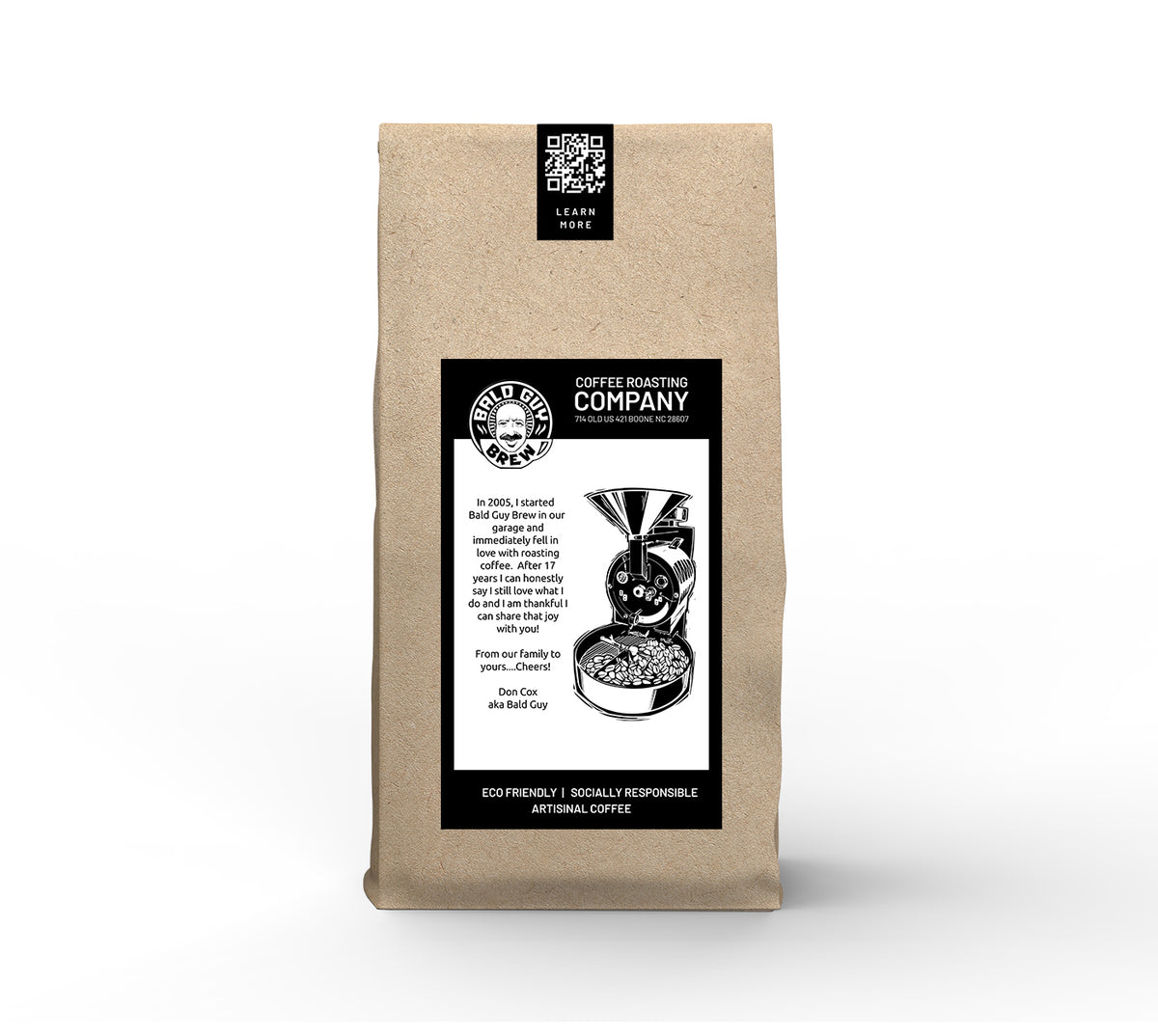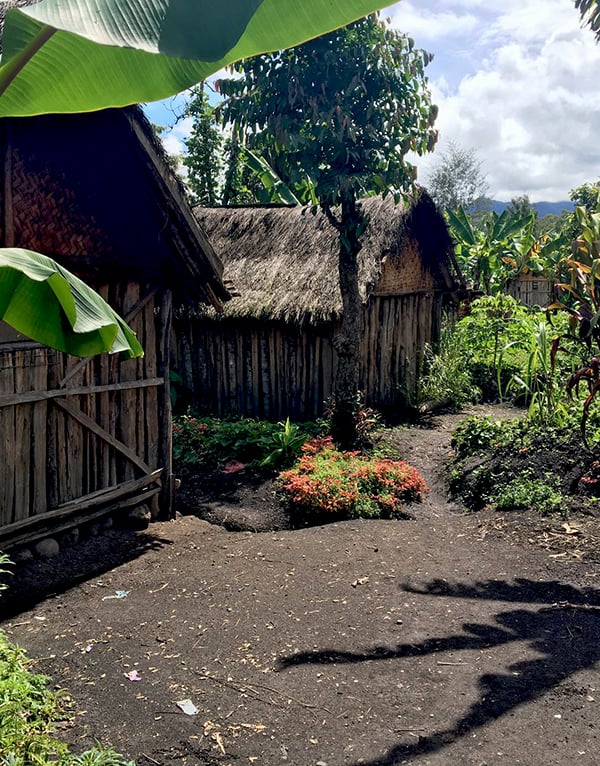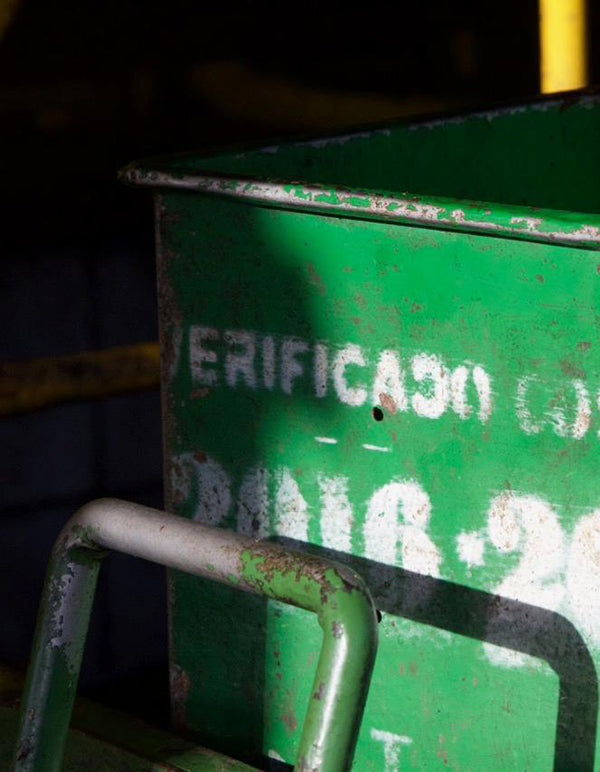Our Rain Forest Alliance Costa Rican coffee comes from a family farm in the Tarrazu region of Costa Rica. Since the late 1960’s, Hacienda La Minita has been the foundation of our company.
Primary Descriptors: This coffee is sweet, balanced with chocolate and toffee, floral, cherry and cocoa nuances. Excellent example of a high altitude, Costa Rican coffee.
Notes: Fair Trade & Organic Certified










